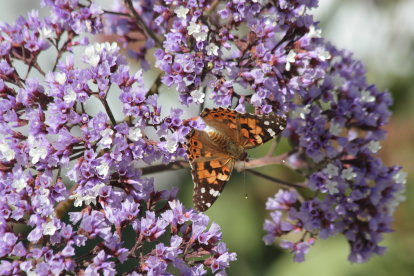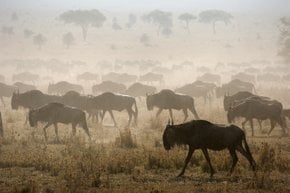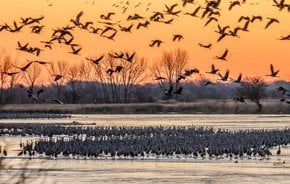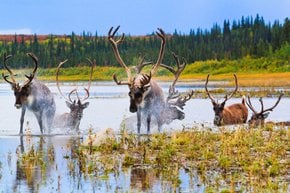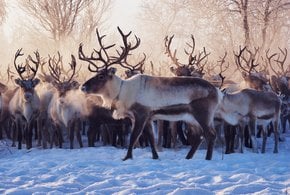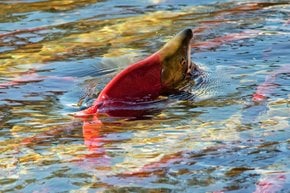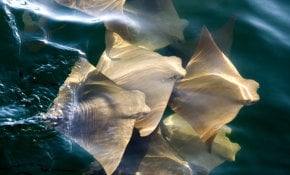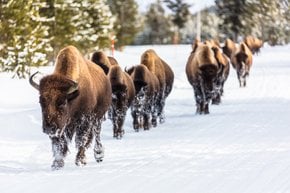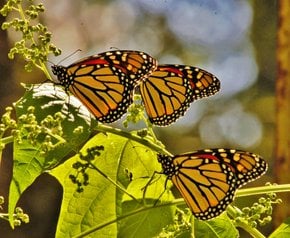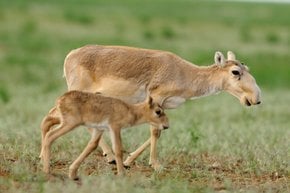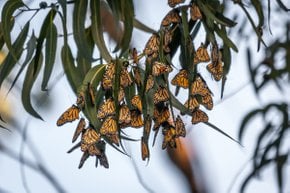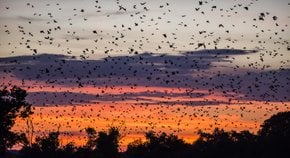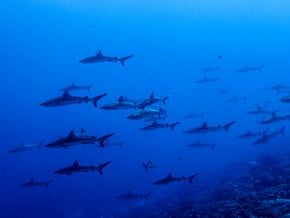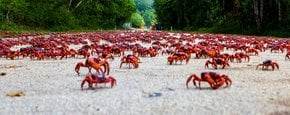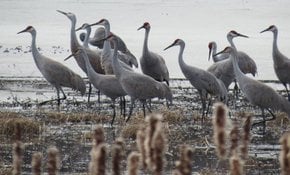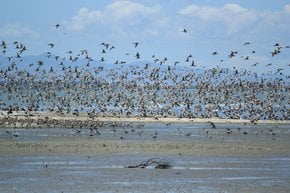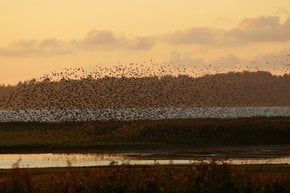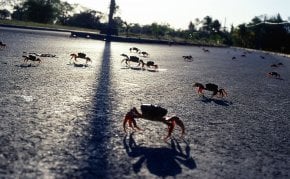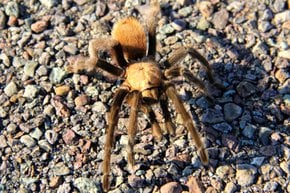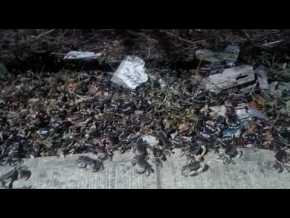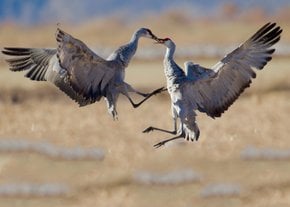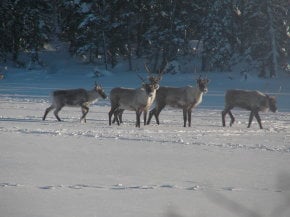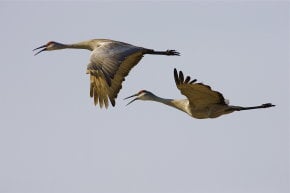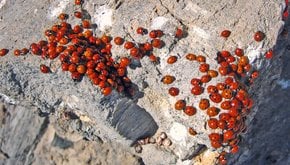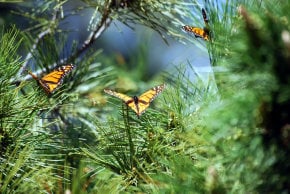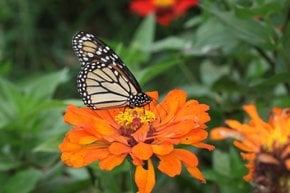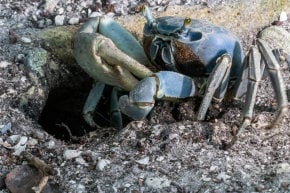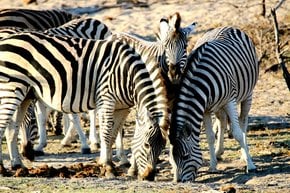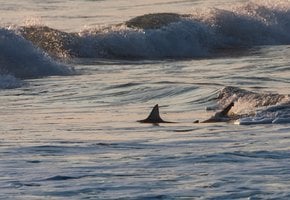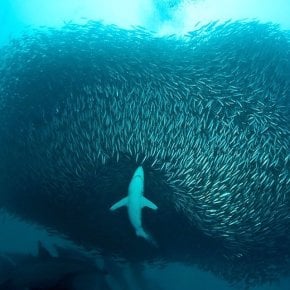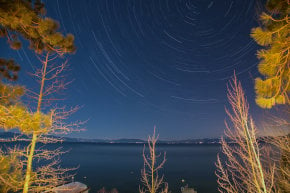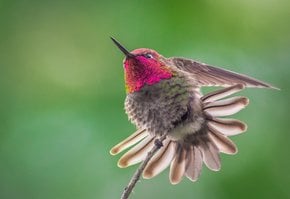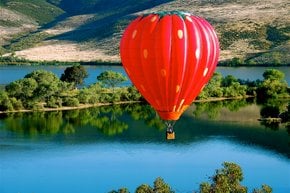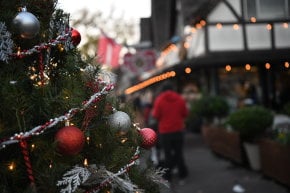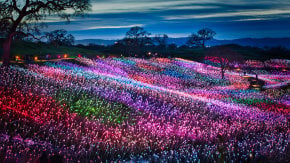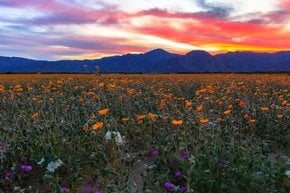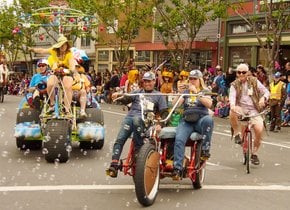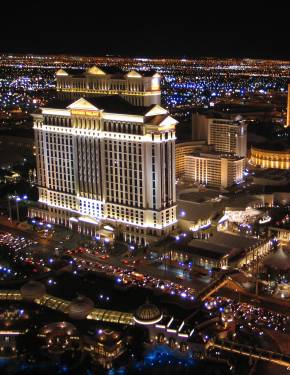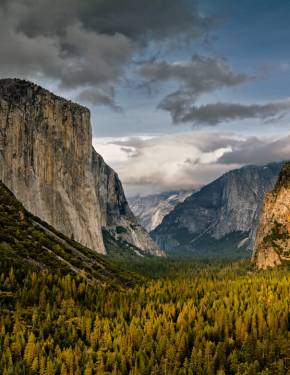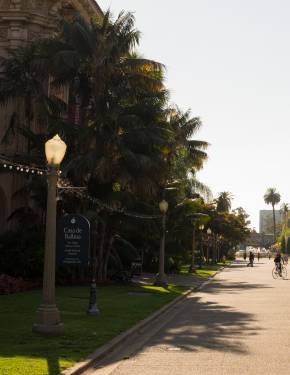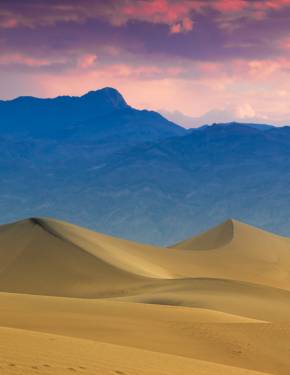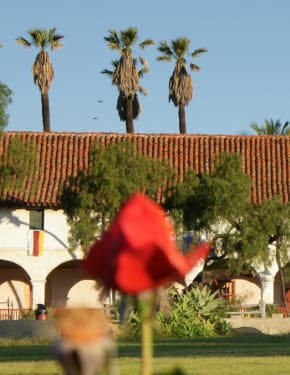Painted Lady Butterfly Migration in California 2026
The skies get filled with beautiful winged creatures
Best time: March
Every spring, swarms of orange butterflies take over Southern California. The annual migration of painted lady butterflies (Vanessa cardui) usually peaks in mid-March. That's when they leave their winter residence in western Mexico and head to the Pacific Northwest for the summer to breed.
Migration Process & Time
Normally spending their winter in the desert of western Mexico, near the US-Mexico border, the butterflies continue their breeding there, and by March, the painted lady butterflies head north to Oregon, Washington, and other states. On their way, they come across the Sierra Nevada mountain range and fly parallel to it. It has been seen as far north as Alaska.
The migration is said to be triggered by rain in the deserts during winter, causing the growth of plants in these places. More butterflies can be seen in locations, which experienced more winter rains. In August and early fall, butterflies fly back to their wintering grounds.
Mass-Migration of Butterflies
The largest number of painted lady butterflies arrive in the years of desert super-blooms. A super-bloom, an increase in blooming and growing vegetation, usually follows a wet and rainy winter. In 2005, over a billion butterflies were registered in Southern California, while in 2019, residents of the state had a chance to witness millions of butterflies flying in large groups. During the years of super-bloom, painted lady butterflies also tend to stay longer in California due to a wide range of vegetation.
Where to See Painted Lady Butterflies
Butterflies are often spotted around Los Angeles, San Diego, and Santa Barbara. Their largest congregations can be witnessed where wildflowers grow, like in Anza-Borrego Desert State Park, the Coachella Valley, and, in particular, Thousand Palms Oasis Preserve. Butterflies love nectar from desert plants such as thistles or mallows that are abundant there. Anza-Borrego Desert State Park is open all year round and requires a $10 day-use fee for vehicles. Thousand Palms Preserve doesn't require an admission fee but appreciates any donations. The preserve is open on Saturday and Sunday from 7 am until 7 pm.
Vanessa Cardui Species
The painted lady butterflies are considered one of the most common types of butterflies and can be found all over the world, except for South America and Antarctica. Vanessa cardui is famous for its bright orange coloring and ability to cover long distances, sometimes even further than monarchs. Some butterflies were recorded to travel more than 2,000 miles (3,218 km). They can also reach higher altitudes than other butterflies or insects. The general lifespan of the painted lady is between 14 and 28 days, which means that long migration might take several generations to complete.
Threats to Painted Lady Butterfly
The biggest hazard for painted ladies, as well as for other butterflies, is the heavy use of pesticides by farmers in fields and private gardens. Their population is also threatened by global warming and climate change, especially droughts, which can affect their food sources. Deforestation and urban development can also have a devastating impact on painted lady butterfly population. California has been experiencing butterfly crises for several years, with population numbers dropping and shifting.
Practical info
External resources
- Art Shapiro's Butterfly Site I Vanessa cardui (Official website)
- Painted Lady Butterfly Migration (Official website)
- National Geographic I This Tiny Butterfly Can Fly a Record 2,500 Miles at a Time (Official website)
- Anza Borrego Desert State Park (Official website)
- Thousand Palms Oasis Preserve (Official website)


